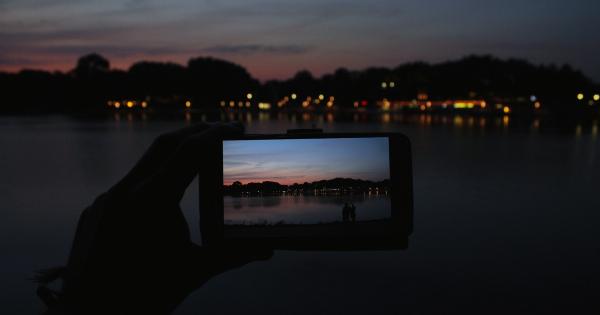Macular degeneration is a degenerative eye disease that affects the central part of the retina, called the macula. It is the leading cause of vision loss in individuals over the age of 50.
Living with macular degeneration can present significant challenges as it gradually impacts one’s ability to see fine details, read, drive, and even recognize faces.
Understanding Macular Degeneration
To comprehend the impact of macular degeneration on individuals’ lives, it is essential to grasp the mechanics of the condition. The macula is responsible for central vision, which allows us to focus on objects directly in front of us.
Macular degeneration affects the macula’s cells, causing them to deteriorate, leading to blurry or distorted vision in the center of the visual field.
The Emotional Toll
Macular degeneration not only affects one’s physical vision but also takes a toll on their emotional well-being. Vision loss can result in feelings of isolation, depression, and frustration.
Tasks that were once simple and taken for granted, such as reading a book or using a computer, become increasingly challenging. Coping with these emotional difficulties is crucial to adjust to the new normal.
The Role of Photography
Photography can be a powerful tool for individuals living with macular degeneration. Despite vision loss, many people with macular degeneration can still appreciate the world through a camera lens.
Photography allows them to capture memories, express their creativity, and find joy in the visual world despite their visual impairment.
Adapting Photography Techniques
Individuals with macular degeneration may need to adapt their photography techniques to overcome the limitations imposed by the condition. Here are a few strategies that can help:.
1. Using High Contrast
Using high contrast settings and focusing on subjects with distinct edges can make it easier for individuals with macular degeneration to capture clear and sharp images.
2. Utilizing Zoom Features
Modern digital cameras often come with built-in zoom features that can magnify the image on the screen, making it easier to compose and focus the shot.
3. Embracing Tripods
Using a tripod eliminates the need to hold the camera steady, ensuring sharper images. This can be especially helpful for individuals with shaky hands or difficulty maintaining balance.
4. Utilizing Voice Activation
Voice-activated camera systems can enable individuals with macular degeneration to take photos without needing to look through the viewfinder or the camera’s display.
5. Exploring Post-Processing Tools
Post-processing software offers various tools to enhance the quality of images. Adjusting brightness, contrast, and sharpness can compensate for any visual impairment during the shooting process.
Support and Community
Living with macular degeneration can be challenging, but finding support from others facing similar experiences can be invaluable.
Joining support groups or online communities can provide a safe space for individuals to share their frustrations, seek advice, and find inspiration from others living with the condition.
Advancements in Treatment
While macular degeneration currently has no cure, medical advancements are continually being made to slow its progression and improve the quality of life for those affected.
It is crucial for individuals with macular degeneration to consult with their eye care professionals regularly to explore available treatment options.
Embracing Life Behind the Lens
Despite the challenges posed by macular degeneration, many individuals have found solace, joy, and purpose through photography. It allows them to redefine how they perceive the world and create meaningful memories.
By adapting techniques, seeking support, and staying informed about treatment advancements, individuals with macular degeneration can continue to capture and share cherished moments through their lens.



























